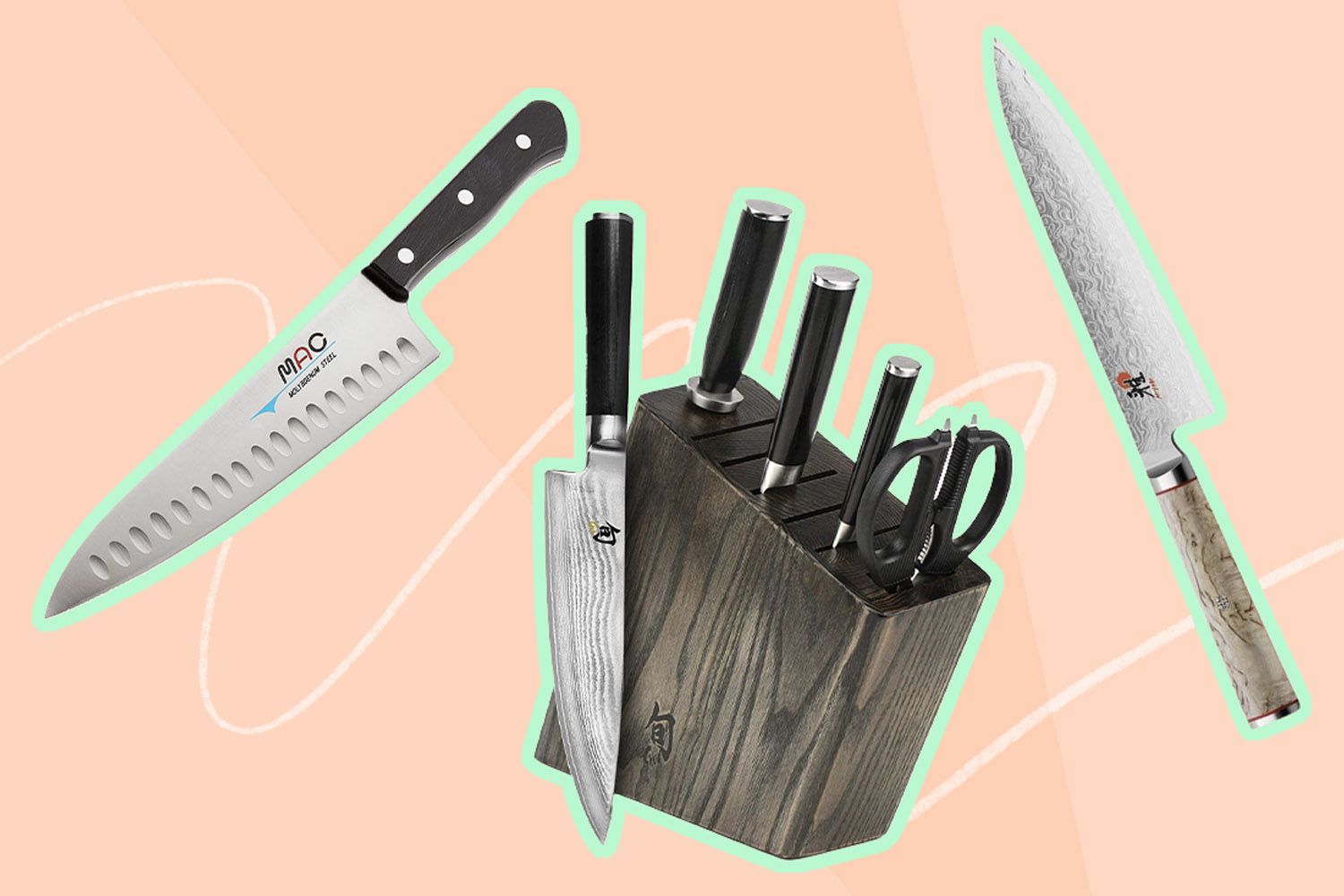If you are an expert chef, you know perfectly to invest in suitable tools for your cooking support. First on that list is a sharp and high-quality knife, and a Japanese knife is one of them. These knives prove to help make all kinds of food. In addition, when you look at a Japanese knife, you will notice that it’s a bit shinier, flashier, and more detailed than others.
Most knives have a plain, smooth blade and handle, while Japanese knives may feature a striking hammered finish and a soft wooden handle. Moreover, They are liked because of their sharp edge. The blades are so famous that only Japanese knives are used in top restaurants. So, today we will know why to buy a Japanese knife.
Stay tuned!
Here Are Reasons To Buy A Japanese Knife
Japanese knives are fast gaining popularity due to their sharp cutting quality. Despite being more expensive than a standard knife, its value does not decrease for expert cooks. Expert chefs choose Japanese knives for fast work and perfect results. So, let’s know what the reasons are for buying Japanese knives.
1. One of The Sharpest Knives
Nothing is more complicated than preparing a meal with a dull knife. It is not only dangerous, but it also results in sloppy-cut ingredients and can cause fresh produce to bruise. Japanese knife types, such as the single-bevel Usuba vegetable knife, are up to twice as sharp as other knives and require less maintenance. Various places to buy a Japanese Knife, including Vintage Gentlemen. They have a vast category of knives, so check out the store and get a sharp, high-quality knife. Use the Vintage Gentlemen Coupon Code and save more.
2. Easy To Use
Enjoy the pleasure of cooking with a lighter-weight Japanese knife. High-carbon steel is used in Japanese knives that give the blade a sharp edge while using the least amount of steel. These blades can be skinny and light, allowing for more excellent dexterity while prepping. Furthermore, with Japanese-style handles, the metal of the blade entering the handle does not extend the handle’s entire length, reducing the knives’ overall weight. This design allows for a forward-weighted knife with a pinch grip on the blade, allowing you to slice ingredients more quickly and efficiently.
3. Made Of The Best Steel
High-carbon steel and high-carbon stainless steel are used to make Japanese knives. These steels are made with chromium, nickel, and molybdenum, which makes the blade extraordinarily corrosion-resistant and long-lasting. The hardness of Japanese steel is unrivaled, with scores ranging from 61 to 67 HRC on the Rockwell hardness scale. The blade will keep its edge longer, making it an excellent investment.
4. Variety Of Japanese Knife
There are numerous Japanese knife types, each flawlessly designed with its function for various cuts. The Gyuto, or chef’s knife, helps cut medium to large pieces of meat and vegetables, whereas the Santoku is best for smaller to medium-sized pieces. Flat, square blades like the Nakiri and Usuba are ideal for carving firmer vegetables. With such a large selection, it has never been easier to add the perfect knife for your needs to your kitchen.

5. Easy Maintenance
While most Japanese knife types are delicate, the razor-sharp blade eliminates the need for frequent sharpening. High-carbon knives will keep their edge for much longer than softer European knives. Even higher carbon stainless steel knives will provide long-term benefits. Although it depends on how frequently you cook, what surface you cut on, and what food you cut regularly. Regular honing is also possible, and you can use a ceramic honing rod. Hold the tool vertically and run the edge from heel to tip and top to bottom with gentle strokes. This procedure takes less than five minutes, so you’ll be able to begin cooking right away.
6. Speed Up The Cooking Process
The weight of Japanese knives is one of the most noticeable differences. They are lighter, feel more balanced in hand, and have a hard and thin steel edge, allowing you to hold them for extended periods. These lightweight and elegant kitchen knives are highly regarded by professional chefs who spend long hours in the kitchen. Any Japanese knife you buy will speed up the cooking prep process while providing unrivaled precision.
7. Improve The Taste Of Food
Food is cut in various countries by pushing the knife away from you. In Japan, however, the situation is precisely the opposite. Food is delicately cut by pulling the knife towards you and using the thin blade and sharpness to slice through the food, minimizing damage to the food’s cells. As a result, the texture of the cut food will be softer and smoother. The sharper the knife, the cleaner the cut, which means less exposed food surface area. This results in less oxidation and longer-lasting food. It’s absurd to believe that the way you cut your food can completely change the flavor of your meal.
8. Quick And Precise Cuts
The blade of a Japanese knife is visibly thinner and sharper because it is made from a single piece of high-carbon steel or stainless steel, resulting in a more precise slice. The blade can readily cut hard things, delicately slicing fish to plate out an assortment or gently chopping vegetables.


